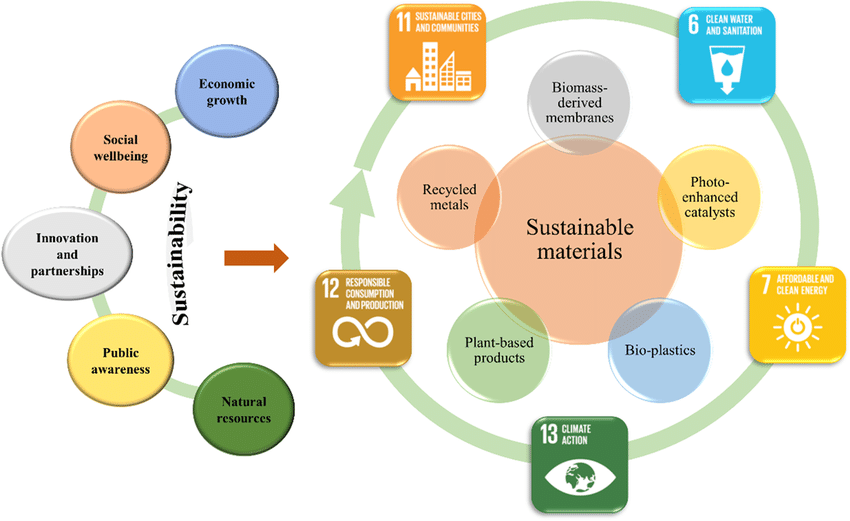Sustainable Materials Management (SMM) is a holistic approach to waste and resource management that aims to minimize environmental impact and promote long-term sustainability.
By optimizing material use, reducing waste generation, and promoting recycling and reuse, SMM presents a promising solution for addressing our global waste management challenges.
In this article, we will delve into the pros and cons of SMM, shedding light on its potential benefits and limitations.
Understanding Sustainable Materials Management
Sustainable Materials Management is an integrated approach to waste management that prioritizes resource conservation, pollution prevention, and waste reduction. It focuses on the entire lifecycle of materials, from their extraction to their final disposal. The key principle is to optimize material use, considering factors such as material selection, design for recycling, and promoting circular economy practices.
Pros of Sustainable Materials Management
Environmental Benefits
SustainableMaterialsManagement offers several environmental advantages. Reducing waste generation helps conserve natural resources and minimize the extraction of raw materials.
Through efficient recycling and reuse practices, SMM reduces energy consumption, greenhouse gas emissions, and water pollution associated with traditional waste management methods. It also helps mitigate climate change by diverting materials from landfills, reducing methane emissions.
Economic Advantages
SMM brings economic benefits as well. By adopting sustainable practices, organizations can reduce their waste disposal costs, avoid fines or penalties, and optimize their resource use.
Recycling and reusing materials create new job opportunities, contributing to local economies. Moreover, SMM promotes the development of innovative technologies and business models, fostering a more sustainable and resilient economy.
Social Impact
SMM positively affects society by improving public health and quality of life. By minimizing waste and reducing pollution, SMM reduces the risk of environmental contamination and associated health hazards.
Recycling and reuse initiatives create a sense of community engagement, fostering collaboration and social cohesion. Additionally, SMM promotes sustainable consumption patterns, raising awareness about the importance of responsible resource management.
Cons of Sustainable Materials Management
Implementation Challenges
Implementing Sustainable Materials Management may pose certain challenges. Adoption requires a shift in mindset and behavior, which can be difficult to achieve. It demands collaboration between different stakeholders, including governments, businesses, and individuals.
Developing and implementing effective waste management policies and infrastructure can be resource-intensive and time-consuming. Additionally, overcoming resistance to change and ensuring compliance with regulations can present obstacles.
Cost Considerations
While SMM offers economic benefits, there are also cost considerations. Transitioning to sustainable practices may require upfront investments in infrastructure, technology, and training.
These costs might deter some organizations from embracing SMM fully. Furthermore, market fluctuations and volatility in the recycling industry can affect the profitability and financial viability of sustainable materials management initiatives.
Behavioral Barriers
One of the challenges associated with SMM is changing consumer behavior. Encouraging individuals to adopt sustainable consumption habits and participate actively in recycling and waste reduction programs can be challenging.
Lack of awareness, convenience, and cultural factors may hinder the success of SMM initiatives. Overcoming these behavioral barriers requires comprehensive education and awareness campaigns.
Conclusion
Sustainable Materials Management holds great promise in addressing our global waste management challenges. By optimizing material use, reducing waste, and promoting recycling and reuse, SMM offers significant environmental, economic, and social benefits.
While challenges exist, such as implementation complexities, cost considerations, and behavioral barriers, these can be overcome through collaboration, awareness, and long-term commitment. Embracing Sustainable Materials Management is a crucial step toward achieving a sustainable and resilient future.

